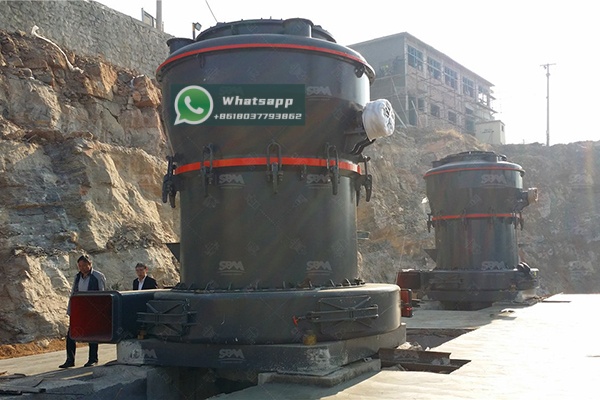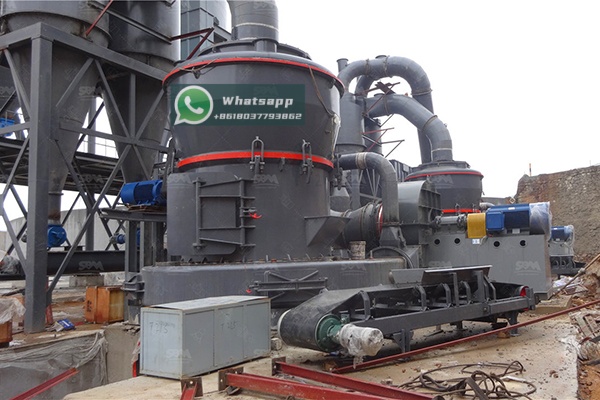Pneumatic conveying represents one of the most efficient methods for transporting powdered and granular materials in industrial processes. At the heart of this technology lies a critical parameter that determines system efficiency, product quality, and operational stability: the air to material ratio. This comprehensive examination explores the scientific principles, practical applications, and optimization strategies for this fundamental relationship in pneumatic conveying systems.
The air to material ratio, often expressed as the mass flow rate of air divided by the mass flow rate of material being conveyed, serves as the cornerstone of pneumatic system design. This ratio directly influences several key performance indicators including conveying velocity, pressure drop, energy consumption, and product degradation. In dilute phase conveying, typical ratios range from 2:1 to 8:1, while dense phase systems operate with ratios as low as 10:1 to 40:1, depending on material characteristics and system configuration.
Proper ratio selection begins with understanding material properties such as particle size distribution, bulk density, moisture content, and abrasiveness. Cohesive materials with fine particle sizes generally require higher air volumes to prevent pipeline blockage, while free-flowing granular materials can be conveyed with lower air ratios. The optimal ratio represents a delicate balance between sufficient air volume to maintain material suspension and minimal air usage to reduce energy costs and product degradation.

Material properties significantly impact the required air to material ratio. Fine powders with particle sizes below 50 microns tend to fluidize easily but may require careful ratio control to prevent segregation or classification during transport. Materials with high moisture content often need increased air volumes to prevent condensation and material buildup in pipelines. Abrasive materials necessitate lower conveying velocities achieved through optimized ratios to minimize wear on system components.
The physical layout of conveying systems profoundly affects air to material ratio requirements. Horizontal runs, vertical lifts, bends, and pipeline length all contribute to pressure drop and influence the optimal ratio. Each bend in the system increases resistance and may require adjustment to the air ratio to maintain consistent material flow. Pipeline diameter also plays a crucial role, with larger diameters generally allowing for lower air velocities and more efficient conveying at optimized ratios.
Ambient temperature, humidity, and altitude can alter air density and viscosity, thereby affecting the air to material ratio. High humidity environments may necessitate air drying equipment to maintain consistent ratio performance, while temperature variations can change material flow characteristics and air properties simultaneously.
The efficiency of pneumatic conveying systems begins with proper material preparation through precision grinding. Shanghai Zenith Machinery Co., Ltd. specializes in advanced grinding solutions that produce consistently sized particles ideal for pneumatic transport. Their equipment portfolio includes several innovative grinding technologies designed to optimize material characteristics for conveying applications.
Among their standout products, the XZM Ultrafine Grinding Mill demonstrates exceptional capability in producing superfine powders with precisely controlled particle size distributions. This level of control directly impacts pneumatic conveying efficiency by ensuring consistent material behavior and predictable air to material ratio requirements.
| Model | Working Diameter (mm) | Max Feed Size (mm) | Final Size (mesh) | Output (kg/h) | Main Motor Power (kW) |
|---|---|---|---|---|---|
| XZM221 | Φ800 | ≤20 | 325-2500 | 500-4500 | 75 |
| XZM268 | Φ1680 | ≤20 | 325-2500 | 5000-25000 | 315 |
For operations requiring vertical integration and space efficiency, the LM Vertical Grinding Mill offers comprehensive functionality with minimal footprint. This advanced system integrates five separate processes—crushing, grinding, powder selection, drying, and material conveying—into a single, cohesive unit. The elimination of multiple transfer points between processes significantly enhances overall system efficiency and contributes to more stable air to material ratios in downstream pneumatic conveying.

In mineral processing applications, pneumatic conveying systems must handle abrasive materials with varying moisture content. The air to material ratio must be carefully calibrated to minimize wear on system components while ensuring reliable transport. Zenith’s grinding equipment, particularly their Ball Mill series, produces consistently sized mineral particles that respond predictably to pneumatic conveying, enabling more precise ratio control and reduced system wear.
These sectors demand extreme precision in material handling to maintain product purity and consistency. The LUM Ultrafine Vertical Mill from Zenith provides the precise particle size control necessary for pharmaceutical-grade materials, with intelligent control systems that maintain consistent output quality. This consistency translates directly to stable air to material ratios in conveying systems, reducing the need for frequent adjustments and ensuring product integrity throughout the transport process.
Food-grade pneumatic conveying requires careful attention to hygiene, product degradation, and potential contamination. The MTW Trapezium Grinding Mill’s eco-friendly design and efficient operation make it particularly suitable for food applications, producing uniform particles that convey predictably with optimized air ratios while minimizing thermal degradation.
Modern pneumatic conveying systems employ sophisticated instrumentation to monitor and control the air to material ratio in real-time. Coriolis mass flow meters provide accurate measurement of both air and material mass flow rates, while pressure transducers and temperature sensors offer additional data points for system optimization. Advanced control algorithms use this information to dynamically adjust blower speeds, feeder rates, and other parameters to maintain the optimal ratio despite variations in material characteristics or system conditions.
Integration between grinding equipment and conveying systems represents the next frontier in optimization. Zenith’s intelligent control systems on mills like the LUM Ultrafine Vertical Mill can communicate directly with conveying system controllers, allowing for proactive adjustments based on real-time grinding performance and material characteristics.

The air to material ratio directly impacts the energy consumption of pneumatic conveying systems. Higher ratios typically result in increased power requirements for air movers, while insufficient ratios can lead to system blockages and operational disruptions. Optimal ratio selection must balance energy efficiency with reliable operation, considering both immediate power costs and long-term maintenance requirements.
Zenith’s grinding equipment contributes to energy optimization throughout the material handling process. The MTM Medium-Speed Grinding Mill, for example, incorporates energy-saving features that reduce overall power consumption while producing consistently sized material that conveys efficiently at optimized air ratios. This holistic approach to energy management—from grinding through conveying—delivers significant operational cost savings.
The science of air to material ratio continues to evolve with advancements in sensor technology, computational modeling, and system integration. Artificial intelligence and machine learning algorithms are increasingly being applied to optimize ratio control based on historical performance data and real-time operating conditions. These systems can predict optimal ratios for changing materials or environmental conditions, further enhancing efficiency and reliability.
Simultaneously, grinding technology continues to advance, with companies like Shanghai Zenith Machinery developing increasingly precise and efficient equipment. The ongoing refinement of grinding processes directly benefits pneumatic conveying by producing materials with more consistent and predictable conveying characteristics, enabling tighter control over air to material ratios and overall system performance.
The air to material ratio represents a fundamental parameter in pneumatic conveying system design and operation. Proper understanding and control of this relationship enables industries to achieve optimal efficiency, product quality, and operational reliability. As grinding technologies from manufacturers like Shanghai Zenith Machinery continue to advance, producing more consistent and precisely controlled materials, the potential for further optimization of pneumatic conveying systems grows accordingly.
Through careful consideration of material properties, system design, and operational parameters, combined with high-quality grinding equipment such as the XZM Ultrafine Grinding Mill and LM Vertical Grinding Mill, industries can master the science of air to material ratio to achieve new levels of performance in their pneumatic conveying operations.